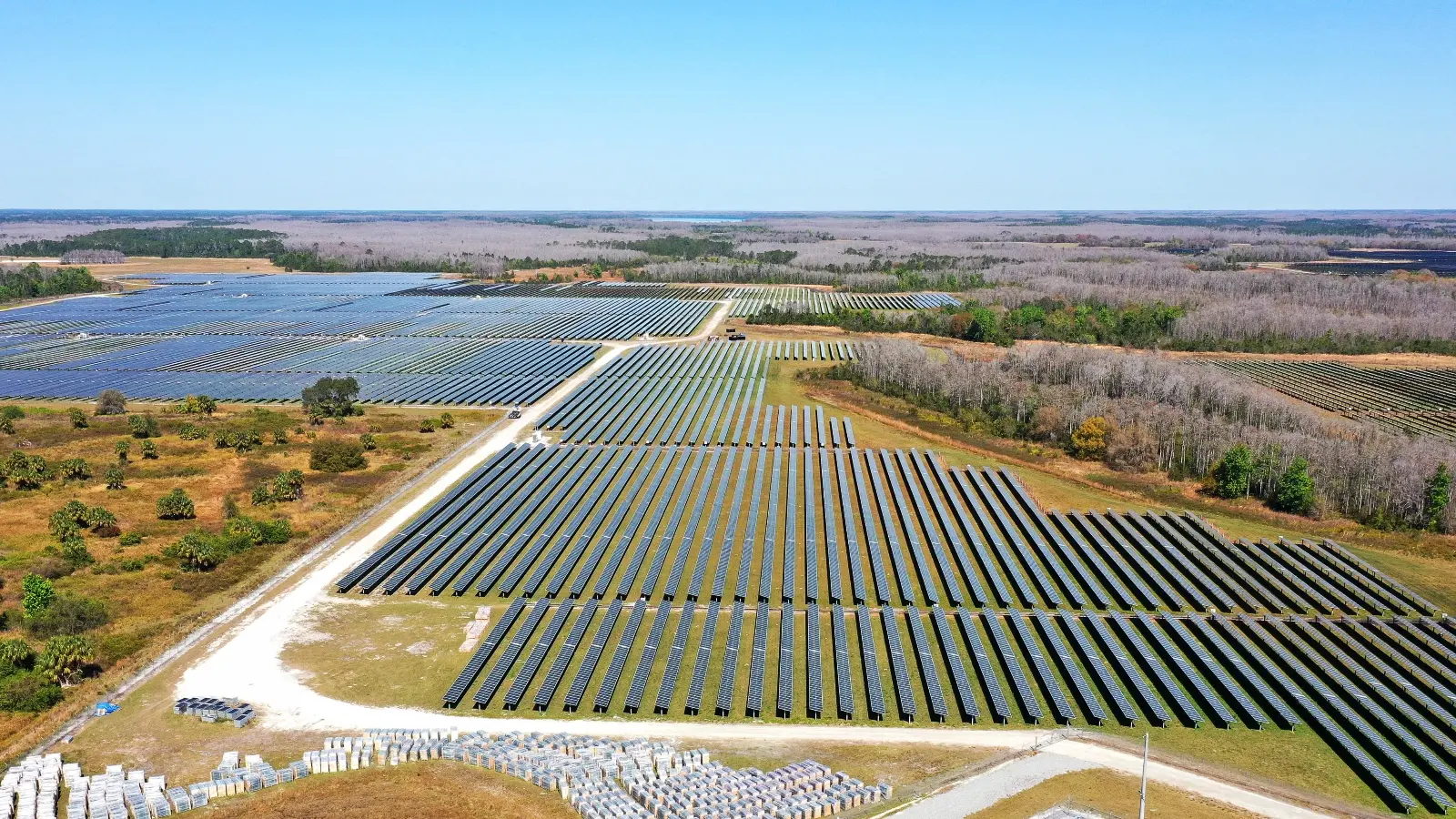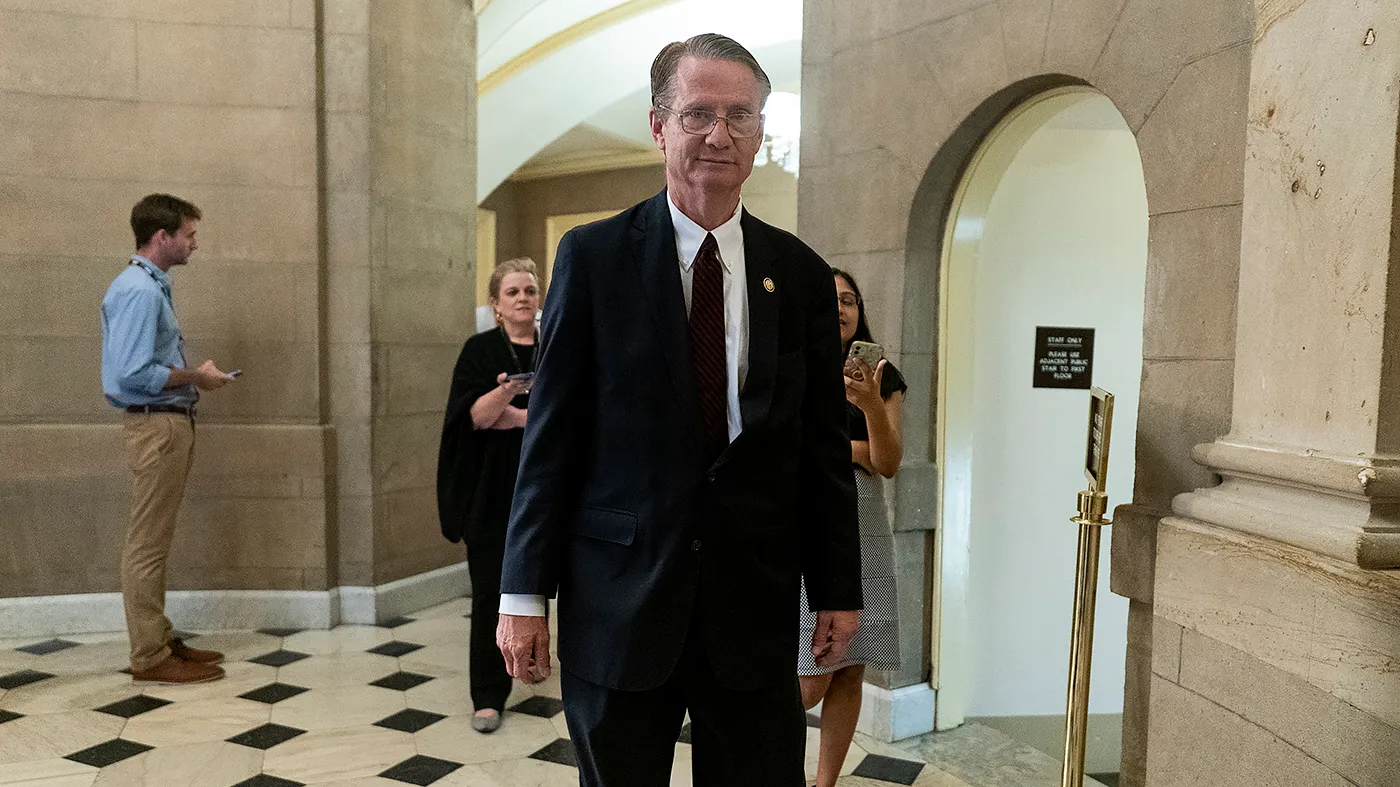Florida Overtakes California in Solar Energy Expansion — Without Climate Policy Support
Florida Overtakes California in Solar Energy Expansion — Without Climate Policy Support
By
Leah Rosenfeld
Last updated:
August 4, 2025
First Published:
August 4, 2025

Photo: Grist Magazine
Florida Quietly Surges Ahead in U.S. Solar Growth
Florida has emerged as an unexpected leader in the American solar energy boom, surpassing California in utility-scale solar capacity additions for the first time in 2024. With over 3 gigawatts (GW) of new capacity coming online, the Sunshine State is now a top player alongside Texas in the national solar race.
This growth came despite Florida’s decision last year to remove climate change from its official policy language—proving that economics, not environmental policy, is currently driving the energy transition.
“This is not a fluke,” said Sylvia Leyva Martinez, senior analyst at Wood Mackenzie. “Florida is now shaping national solar growth.”
The Engine Behind the Surge: Utilities, Not Rooftops
Unlike California, where residential rooftop installations have historically driven solar expansion, Florida’s growth is largely fueled by utility-scale solar farms. More than 70% of the state’s new solar generation last year came from one utility alone: Florida Power & Light (FPL).
A unique Florida regulation has played a key role: developers can bypass lengthy environmental and siting reviews for solar projects under 75 megawatts (MW), cutting red tape, accelerating construction, and reducing costs.
“There’s no silver bullet,” said Syd Kitson, founder of Babcock Ranch, a town powered almost entirely by solar. “But one thing Florida got right is acceptance. Here, people want solar. And we’re proving it works.”
Resilience and Reliability: Solar’s Strong Showing in Hurricanes
Babcock Ranch is a model of how solar infrastructure can deliver not just clean energy but reliability. During Hurricane Ian in 2022, the community’s solar-powered microgrid kept lights on—even as large parts of southwest Florida lost power, water, and connectivity.
“We didn’t lose power, internet, or water,” said Don Bishop, a homeowner. “That changes how you think about energy.”
This has sparked new interest in localized microgrids and solar-powered resilience hubs, especially in storm-prone regions.
Solar is Winning on Cost, Not Just Sustainability
Florida’s utility companies aren’t building solar for environmental reasons—they’re doing it because it’s cheaper. Rising natural gas prices and surging industrial electricity demand are making solar the lowest-cost energy option, even without federal subsidies.
“Utilities aren’t building solar because it’s green,” said Martinez. “They’re doing it because it’s cheaper.”
Policy Headwinds Are on the Horizon
But momentum may face challenges. In July 2025, President Donald Trump signed the One Big Beautiful Bill, a sweeping energy policy reform that reduces or eliminates federal tax incentives for solar and wind energy projects.
- The federal solar investment tax credit (ITC) for homeowners will expire after 2025.
- Commercial developers now face tighter project deadlines and domestic sourcing rules.
“It won’t kill the market,” said Zoë Gaston, solar analyst at Wood Mackenzie. “But it makes the math harder.”
Analysts project a 42% decline in rooftop solar installations across Florida over the next five years due to these policy changes and increased financing costs.
Grid Constraints and Storage: The New Frontier
As utility-scale solar expands, grid congestion is becoming a growing concern. Florida’s utilities are now investing in:
- Battery storage systems
- Smart grid upgrades
- Flexible transmission infrastructure
Babcock Ranch is piloting advanced microgrid technologies designed to scale across other communities, aiming to replicate its hurricane-resilient model in neighborhoods statewide.
“We’ve been testing this for years,” said Kitson. “Now it’s about scale. It’s about showing others they can do it too.”
Can Florida Sustain the Momentum Without Climate Policy?
Florida’s solar potential is undeniable—thanks to its geography and sunlight availability. But experts warn that without consistent policy backing, its long-term leadership in clean energy remains uncertain.
“Florida has the solar resources,” said Mark Jacobson, professor at Stanford University’s Department of Civil and Environmental Engineering. “What’s missing is political consistency.”
Final Takeaway
Florida’s rapid solar expansion shows that clean energy growth doesn’t have to rely on climate policy—it can thrive on cost advantages, consumer support, and smart regulation. But to maintain leadership in a competitive, fast-evolving energy landscape, the state may eventually need more than sunshine and favorable economics—it will need political will and grid innovation.
Popular articles
Subscribe to unlock premium content
How Egypt’s Economic Gamble on Mega Projects Backfired

Bill Hwang and the Archegos Meltdown How Leverage Broke the System

NFTs and Digital Art Was the Hype Worth the Crash

How Egypt’s Economic Gamble on Mega Projects Backfired

Bill Hwang and the Archegos Meltdown How Leverage Broke the System

How Egypt’s Economic Gamble on Mega Projects Backfired









